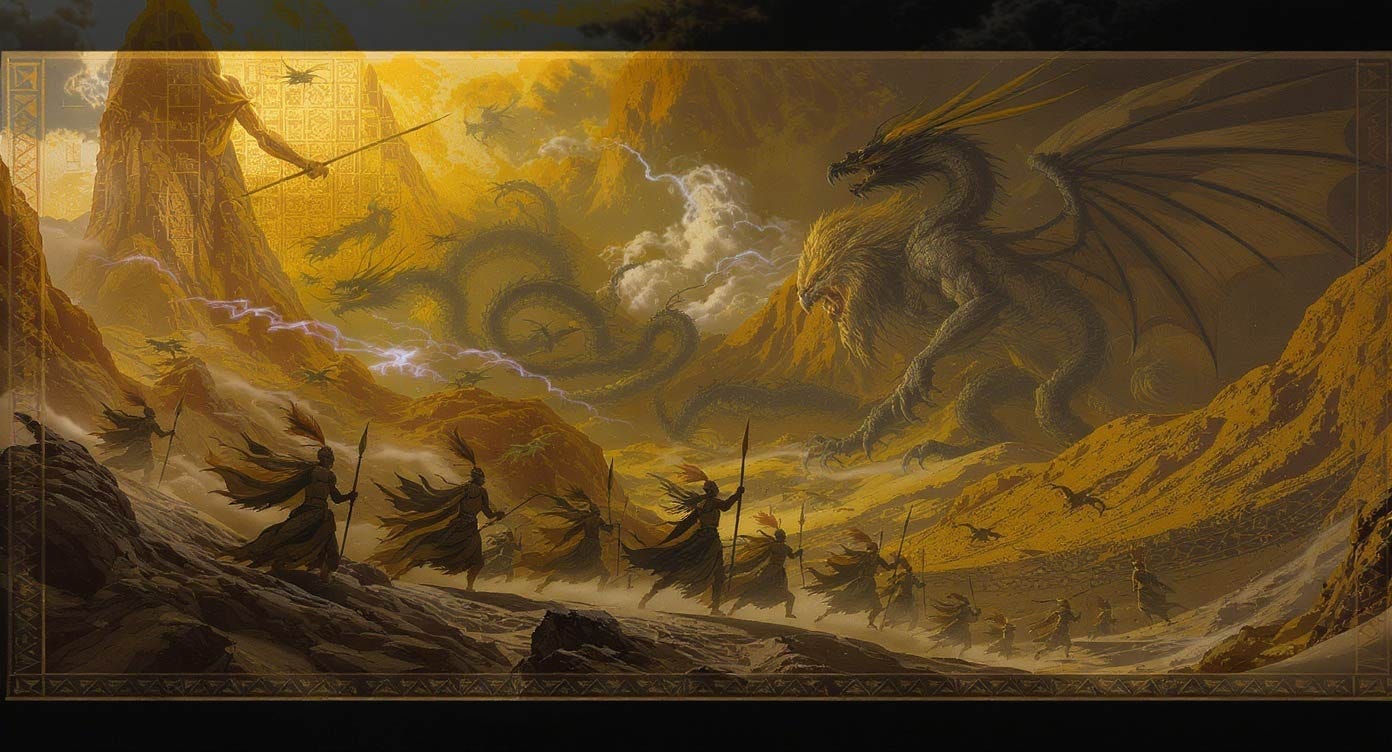The Mountain Warriors Who Gave Birth to Giants
In the shadowy mountains of ancient Mesopotamia, where the first empires clashed and legends were born, lived a people whose very name meant "cave dwellers", yet whose influence would echo through millennia of myth and scripture. The Hurrians, fierce mountain warriors with their deadly bows and masterful metalwork. They were the forgotten architects of humanity's most lasting supernatural stories.
When ancient scribes described enemies with "bodies of cave birds" and "ravens' faces," when they told tales of stone giants rising from primordial seas, and when they carved cylinder seals showing gods battling monstrous "birdmen," they were recording something extraordinary: the Hurrians had become the template for the very concept of giants in human imagination.
Is this just mythology? Recent archaeological discoveries at Tell Mozan, the ancient Hurrian capital of Urkesh, reveal a sophisticated civilization that married princesses to Akkadian emperors, built palaces with 10-meter-thick walls, and created epic poetry that would influence everything from Greek mythology to biblical accounts of the Nephilim. The Hurrians were the missing link between history and legend, the bridge between the human and the divine.
How did a people who first appeared in historical records as allies and enemies of the world's first empire become the archetypal giants of ancient literature? How did their mountain strongholds become the birthplace of stories about fallen angels and divine seed giving birth to supernatural beings? And why do their dragon-slaying myths still echo in traditions from the Mediterranean to the Persian Gulf?
The answers lie buried in cuneiform tablets, carved in ancient seals, and hidden in plain sight within some of humanity's oldest stories. This is the remarkable tale of the Hurrians, the giants among ancient peoples who gave the world its giants.



